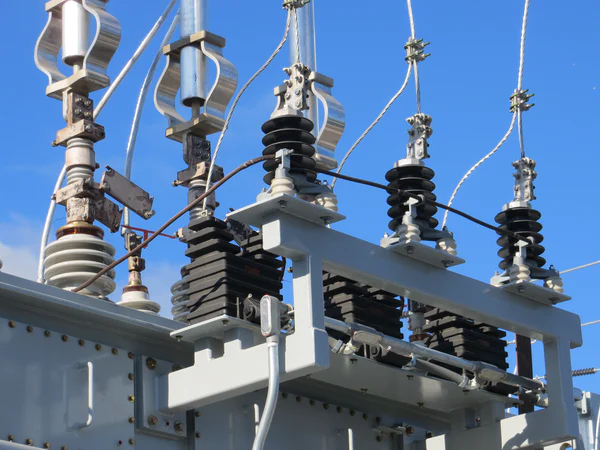Connection procedure
Croatia enacted the new distribution grid connection rules in 2023.
The connection to the grid must be approved by the distribution system operator (HEP ODS d.o.o.). There are two types of procedure for grid connection, depending on the type and size of the plant: the simple connection and the complex connection. Either way, the owner of the RES-E plant has to contact HEP ODS to start the procedure.
The simple connection procedure is for connecting an electricity-producing plant to a low-voltage network. This is the usual procedure for connecting solar panels (PV) on a house to the grid. The investor must pay the fee for building the connection, which is then built by the system operator. Furthermore, the investor must conclude an Agreement on the Grid Use with the system operator. Finally, when the Agreement is concluded, the system operator activates the connection and issues a confirmation at the beginning of usage of the network.
The complex connection procedure is for connecting an electricity-producing plant to a mid-voltage network or a low-voltage network for which technical adjustments are required beforehand. This is the usual procedure for connecting a ground-mounted PV farm or another large RES plant. The project developer has to conclude a Grid Connection Agreement with the system operator. When the investor pays the fee for building the connection, the connection will be built. Finally, the investor, or the owner of the installation, must conclude an Agreement on the Grid Use and submit a formal request for the beginning of the grid use in accordance with the general conditions on grid use and electricity supply.
RES
Facilities for the production of electricity from renewable sources with a connection capacity of up to 50 kW are considered "simple connections" to the distribution grid.
If the connection is technically feasible, HEP ODS (the Distribution System Operator) issues an offer for equipping the metering point for billing purposes. Once the payment is made, the user submits a request to change their network user status. Based on this request, HEP ODS issues a certificate of permanent operation along with an updated annexe to the grid usage contract.
A test period is only mandatory for systems that include battery storage or are connected to an aggregator capable of operating independently from the grid (i.e., in island mode).
Self-consumption systems (e.g. rooftop solar for homes) are treated as prosumers and follow a simplified procedure to confirm technical feasibility. If installed on existing buildings, no building permit is required. The final steps include signing a grid usage agreement and receiving confirmation of operation. However, if the system includes a battery energy storage system or is managed by an aggregator, it must still undergo a test period, as such installations can disconnect from the grid and operate autonomously.
Amendments to the Law on Renewable Energy Sources and High-Efficiency Cogeneration allow natural persons to remain within the self-consumption regime even if their annual electricity production exceeds their consumption.
However, if a household generates more electricity than it consumes over the year, the surplus is compensated at a higher tariff, typically applied to business (non-household) users.

